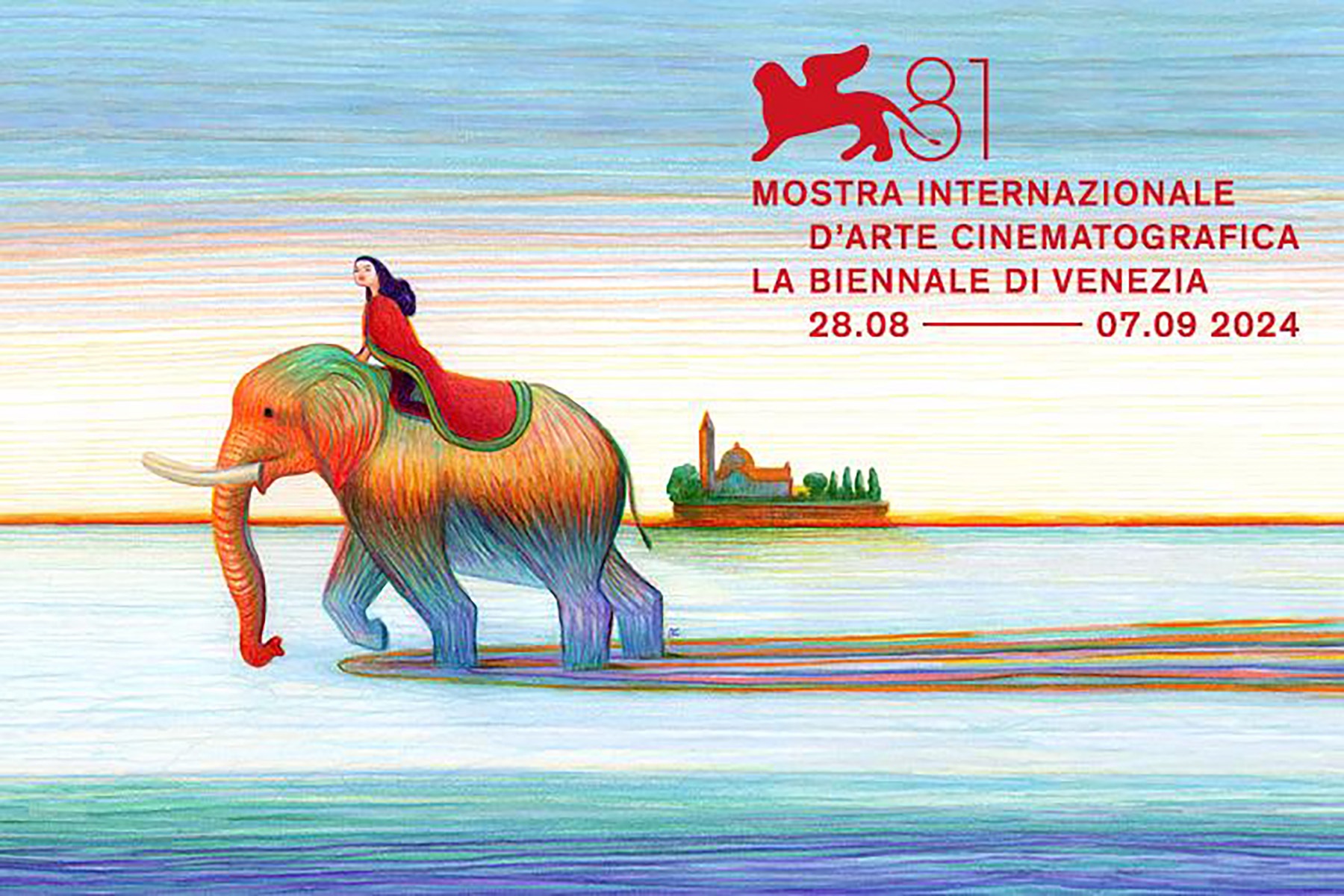An ‘Underseen’ Film
Making a film about a visually impaired community in Ukraine posed challenges; making it accessible to this community poses more.

“The world doesn’t exist until I hear it or feel it.”
This is a quote from Katya, guide in the Museum in the Dark in Lviv. Her story is told in a new impact film, Underseen, introduced in a previous blog.
Visual impairment alters one’s engagement with the world. Other senses can seem to step up and start working in other ways. The museum is designed to replicate this experience for visitors.
A film about this museum should attempt to do the same. But then, if visually impaired people are at the centre of the story, shouldn’t the film be in some ways catered to their engagement with films? How do you make a film for visually impaired people?
Sight unseen
Film is a visual medium. Underseen, directed by Rafael Cortes, is not 25 minutes of a black screen. Instead, it delves into the subjective experiences of its participants’ visual impairments through other aesthetic means.
When Vika, for instance, talks about the field of vision that began to narrow for her later in life, the screen narrows. And the sound, designed to be tactile and larger-than-life, is an attempt to bring viewers closer to the sensory awareness Vika, Katya and Vitalii experience.
To arrive at this artistic choice, Rafael conducted interviews at the pre-production stage.
“I looked for a deeper understanding of their world,” said Rafael. “Many hours of conversations with Katya and Alina (the museum’s director) shaped the film's essence at the script stage, designing certain sequences to authentically echo some of the blind perspectives with the contrasting sighted perspective. Beyond visual representation, we explore sound and vibration, translating colour and space. My aim to change perspectives is not about observation, but rather to show certain sequences in an immersive journey, to take audiences into a blind perspective visually and sonically.”
This effect is ever-present in what one sees and, importantly, hears. Some guides informed the aesthetic choices by describing the way they feel. According to Rafael, this informed “abstract images that change organically when the feelings about the events during the war change. This was important for me, because our feelings are a universal connection and something that transcends vision.”
Accessibility
Taking inclusivity into account didn’t stop at the production stage. Alina, Director of the Museum in the Dark, had the opportunity to screen an early cut of the film for the guides in Lviv in April. We – the filmmakers and I – are now taking their feedback into consideration as we construct the inclusive version of the film. They were even instrumental in choosing the film’s title, Underseen, which, in Ukrainian translation, can also mean ‘underestimated.’
The film is deeply invested in the idea that its participants should feel ‘seen’ and should not be underestimated. Our further work on an inclusive version attempts to make the world of the film ‘exist’ for a visually impaired audience. “This pivotal motif,” says Rafael, “underscores the necessity of universal accessibility, using art as a gateway to this concept.”
‘Accessibility’ can also mean bringing this film to a screen near you. Underseen is entering the submission process at a number of film festivals, throughout Europe, also in the countries the Collaborate for Impact project targets: Armenia, Azerbaijan, Georgia, Moldova and, especially, Ukraine. Concurrent with festival screenings, we’re planning for a two-year impact campaign, made possible by the support of the European Union, which also supports Collaborate for Impact. More on that in a blog to come.










